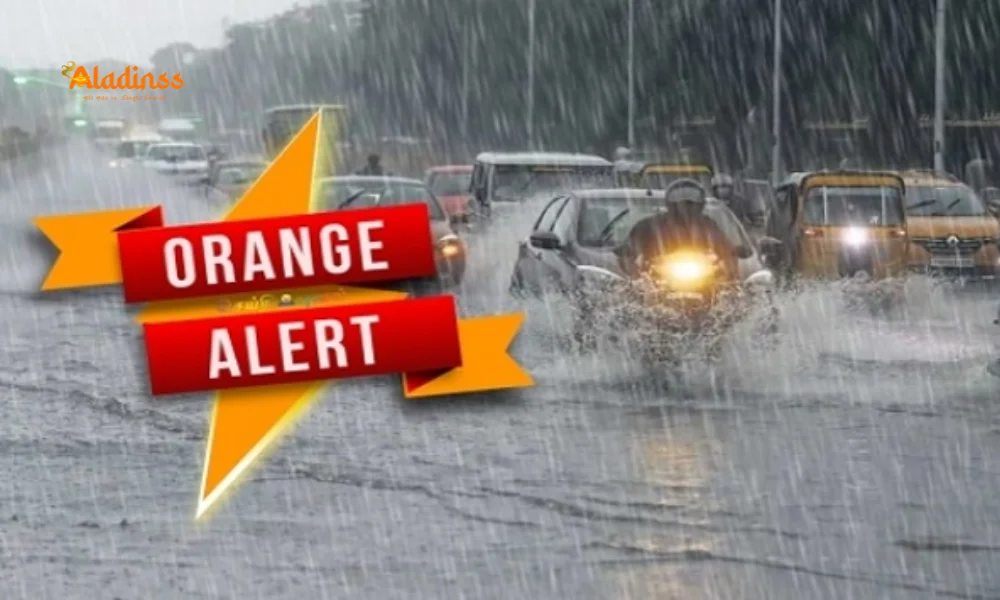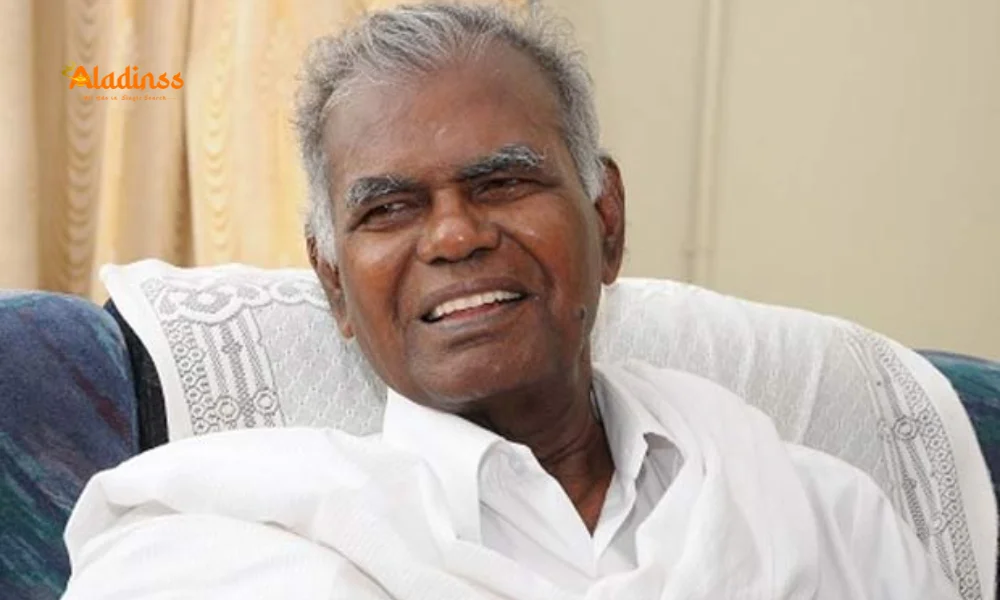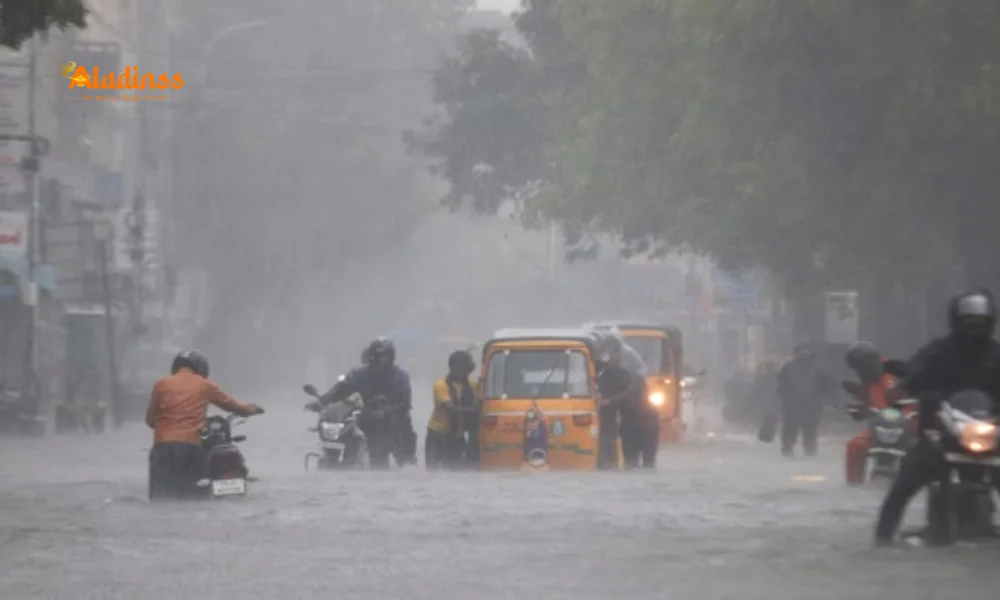LPG Blast Kills One on Jaipur-Ajmer Road
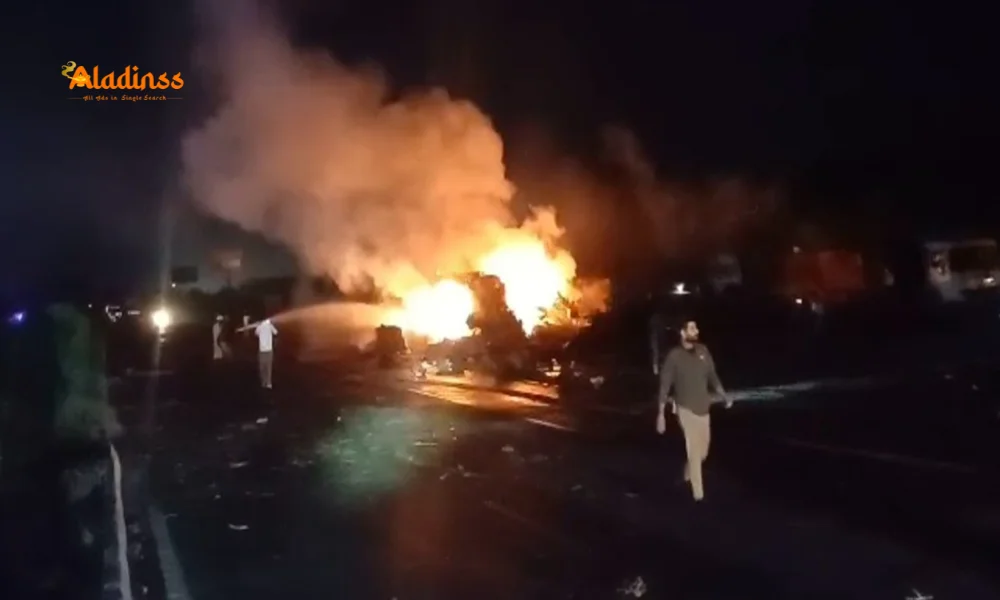
Fatal LPG Cylinder Blasts Rock Jaipur-Ajmer Highway After Tanker Collision
A devastating chain of explosions erupted on the bustling Jaipur-Ajmer highway late Tuesday evening, October 7, 2025, when a tanker slammed into a stationary truck laden with LPG cylinders. The impact ignited a fierce blaze, claiming one life and leaving multiple individuals with severe injuries. Shocking footage circulating online captured towering fireballs and relentless infernos engulfing the site near Sawarda Puliya in Mauzamabad tehsil, Rajasthan, turning a routine stretch of road into a scene of utter chaos.
This tragic Jaipur Ajmer highway accident has spotlighted critical safety lapses in transporting hazardous materials across India's vital arterial routes. Eyewitnesses described a harrowing sequence: the tanker, carrying chemicals, veered out of control and rear-ended the parked vehicle, triggering the gas cylinders to rupture one after another. The resulting blasts not only shattered the night but also halted all vehicular movement, stranding commuters and amplifying the emergency response challenges.
Authorities swiftly mobilized to contain the LPG cylinder explosion Rajasthan, with traffic diversions enforced to prevent further mishaps. Initial reports from the scene indicate that the fire's ferocity stemmed from the volatile nature of liquefied petroleum gas, which, once compromised, spreads rapidly and intensifies under pressure. As investigations unfold, questions swirl around vehicle spacing at roadside eateries and the adequacy of emergency protocols on this high-traffic corridor.
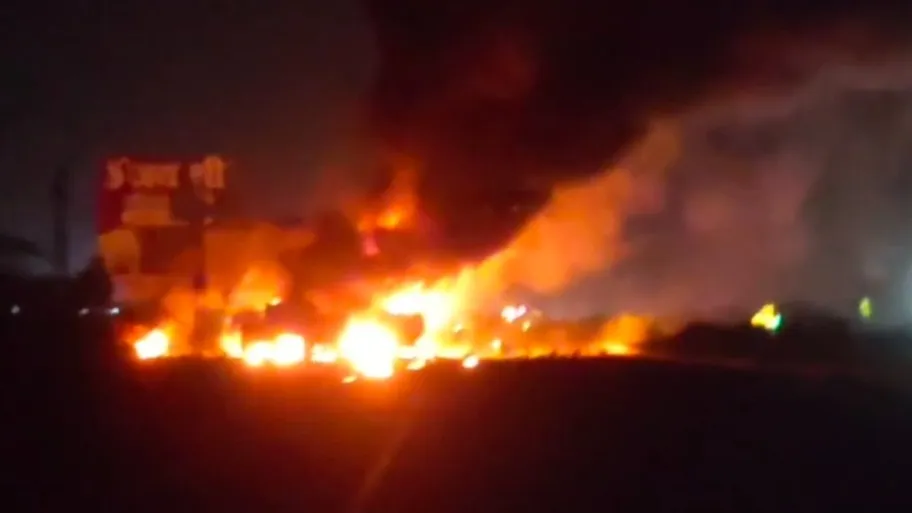
Sequence of Events Leading to the Highway Catastrophe
The incident unfolded around 9 PM when the chemical tanker, navigating the Jaipur-Ajmer National Highway, collided with a truck and trailer parked adjacent to a local dhaba. According to Inspector General Rahul Prakash, the parked vehicles were resting after a long haul, a common sight on this route frequented by freight carriers. The tanker's momentum proved unstoppable, smashing into the LPG-loaded truck and instantly sparking a conflagration that fed on the leaking gas.
As the cylinders detonated in rapid succession, the blaze illuminated the darkened highway, drawing horrified reactions from nearby drivers. Videos shared across social media platforms depicted plumes of thick smoke billowing skyward, accompanied by deafening booms that echoed for miles. Fire tenders from Jaipur Rural and surrounding districts raced to the spot, battling the flames for over two hours before declaring the primary fire under control.
In the immediate aftermath, two to three people sustained burns and trauma, including the tanker's driver who remains in critical condition. The sole fatality—a bystander caught in the periphery—has deepened the sorrow, prompting condolences from state leaders. This LPG cylinder blast Rajasthan event underscores the perils of mixed cargo on highways, where a single error can cascade into widespread devastation.
Also Read: Vijay Seeks Karur Visit Post-Stampede
Official Response and Rescue Efforts in Full Swing
Rajasthan's administration sprang into action with remarkable efficiency, dispatching police, fire brigades, and disaster management units to the epicenter of the Jaipur Ajmer highway LPG fire. Deputy Chief Minister Prem Chand Bairwa, en route to assess the damage, addressed the media, clarifying that a rear-end collision initiated the sequence. He assured the public that no additional casualties were reported beyond the initial toll, crediting rapid ambulance deployment for stabilizing the wounded.
Chief Minister Bhajanlal Sharma took to X to express his grief, labeling the occurrence as profoundly heartbreaking. He detailed ongoing relief measures, emphasizing directives for top-tier medical care for survivors. "Firefighting squads and emergency teams are tirelessly working on-site to secure the area and aid those affected," Sharma stated, highlighting the coordinated push to restore normalcy on the vital Jaipur-Ajmer corridor.
Local officials in Mauzamabad tehsil reported that the highway's closure spanned several kilometers, with alternate routes via local roads recommended for essential travel. Eyewitness accounts praised the responders' bravery, as firefighters navigated exploding debris to douse the flames. This prompt intervention likely averted a graver toll, though the economic ripple—disrupted logistics and commerce—looms large for Rajasthan's transport sector.
Key Factors Behind the Explosive Collision
Preliminary inquiries point to a combination of human error and infrastructural vulnerabilities. The tanker's driver may have succumbed to fatigue, a persistent issue on long-haul routes like the Jaipur-Ajmer highway. Parked trucks near dhabas, often without adequate buffers, amplified the risk when the impact dislodged the cylinders. Experts note that LPG's high flammability demands stringent segregation during transit, a protocol seemingly overlooked here.
- High-speed traffic on undivided sections of the highway contributed to the collision's severity.
- Absence of real-time monitoring for hazardous cargo parking zones.
- Delayed night-time visibility due to inadequate lighting at the Puliya stretch.
As forensic teams comb the wreckage, calls for enhanced GPS tracking on tankers and mandatory rest areas away from eateries grow louder. This incident mirrors past LPG mishaps in India, urging a revisit to national transport safety norms.
Impact on Community and Broader Road Safety Discourse
The ripple effects of this Rajasthan highway explosion extend beyond the immediate victims, shaking the confidence of daily commuters and freight operators reliant on the Jaipur-Ajmer link. Families of the injured huddle in Jaipur hospitals, grappling with medical bills and emotional scars, while the deceased's kin demands swift justice. Community leaders in Mauzamabad have convened support groups, channeling aid through local NGOs to bridge gaps in state assistance.
On a macro level, the tragedy reignites debates on hazardous material transport regulations. Rajasthan, with its sprawling industrial belts, witnesses frequent such convoys, yet enforcement remains patchy. Advocacy groups push for AI-driven alert systems in vehicles and stricter licensing for drivers handling flammables, drawing from global benchmarks like Europe's ADR standards.
Economically, the highway's brief shutdown disrupted supply chains, delaying goods to Ajmer's tourist hubs and Jaipur's markets. Insurers brace for claims, while policymakers eye budget allocations for highway upgrades—widening lanes, installing barriers, and bolstering emergency outposts.
Preventive Measures to Avert Future LPG Disasters
Learning from this Jaipur Ajmer tanker accident, stakeholders advocate proactive steps. Transport ministries could mandate compartmentalized parking for gas carriers, equipped with auto-extinguishers. Driver training modules on fatigue management and emergency drills are essential, alongside public awareness campaigns on highway etiquette.
- Regular audits of tanker maintenance to detect leaks pre-journey.
- Integration of IoT sensors for real-time cargo monitoring.
- Collaborative drills between fire services and highway patrols.
As dawn broke on October 8, cleanup crews sifted through charred remnants, a somber reminder of fragility on our roads. CM Sharma's commitment to thorough probes offers hope, but true progress hinges on converting grief into fortified safeguards. For Rajasthan's motorists, this serves as a clarion call: vigilance isn't optional; it's survival.
In the coming days, expect forensic reports to pinpoint culpability, potentially leading to reforms that echo nationwide. Until then, the scarred asphalt near Sawarda Puliya stands testament to a night when fire devoured the ordinary, urging all to drive with caution on these unforgiving veins of progress.
Comment / Reply From
No comments yet. Be the first to comment!


